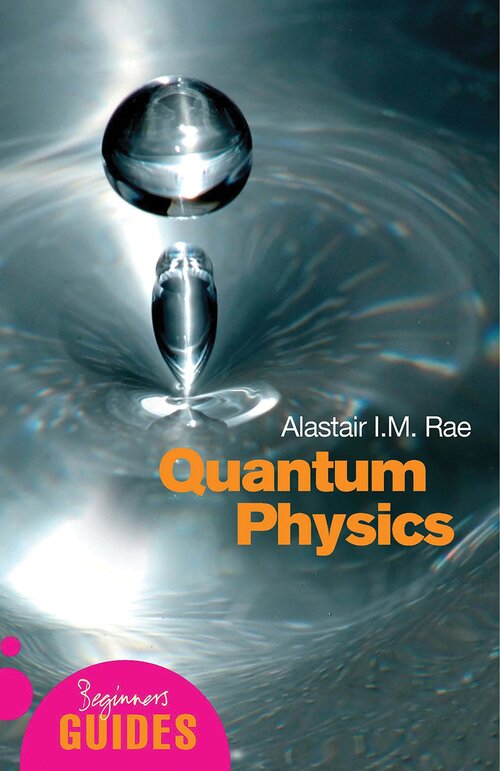Quantum Physics
An ok layman’s introduction to QM.
Basics
- Quantum systems are fundamentally different from classical ones; the underlying logic is not the same
- Classical waves are determined by frequency and wavelength
- Waves can be standing or travelling
- Standing waves have quantified values for allowed wavelength
- Pauli principle: no two quantum particles in a system can occupy the same state
Energy
- Molecules have a compound ground state lower than that of the separate atoms (therfore it’s stability…)
- Fusion is the release of this difference in energy between the ground states
- Fission is the use of the byproducts of the splitting of atoms into smaller fragments to extract energy
- Natural Uranium only contains about 1% $U^{235}$
- Reactor $U^{235}$ is typically enriched to 20% concentration
- Weaponised $U^{235}$ typically is of 90% concentration
Electricity
- Quantum waves in solids span the entire sample
- Current involves a net difference in the flow of these “global” electrons
- A current can flow given that there are available states around the Fermi energy
- A material’s ion lattice create a gap in the state band structure
- Given available states below the gap a material can conduct electrons
Semiconductors
- A semiconductor does like an insulator have all its states below the gap filled
- The gap in semiconductors are however in comparable size to typical thermal energies allowing some to be excited across the gap
- The excited electrons and the leftovver states below the gap; positive holes can conduct electricity
- n-type conductors have an excess of electrons
- p-type conductors have an excess of holes
Superconductors
- Cooper pairs can form by pairs of electrons by their interaction with the ion lattice causing a net attraction
- These cause superconductivity
- High-temp superconductors work at about 100K
Quantum computing
- A qubit is a (quantum) system that can exist in two states or a superposition thereof
- Qubits can ensure secure key exchange for cryptographical applications. Eavesdropping modifies the quantum system irreversibly
In total
- Copenhagen view of QM posits that hidden variables does not exist
- Subjectivie theories postulates wavefunction collapse only when observed by “a concious agent” (human mind)
- Hidden variable theores postulate the existence of some unobservable properties.
- Because of Bell’s theorem, hidden variable theories can only be non-local (spooky action at a distance) breaking with relativity
- Many-worlds theories possits that the world branches of at every point where a collapse is made.
